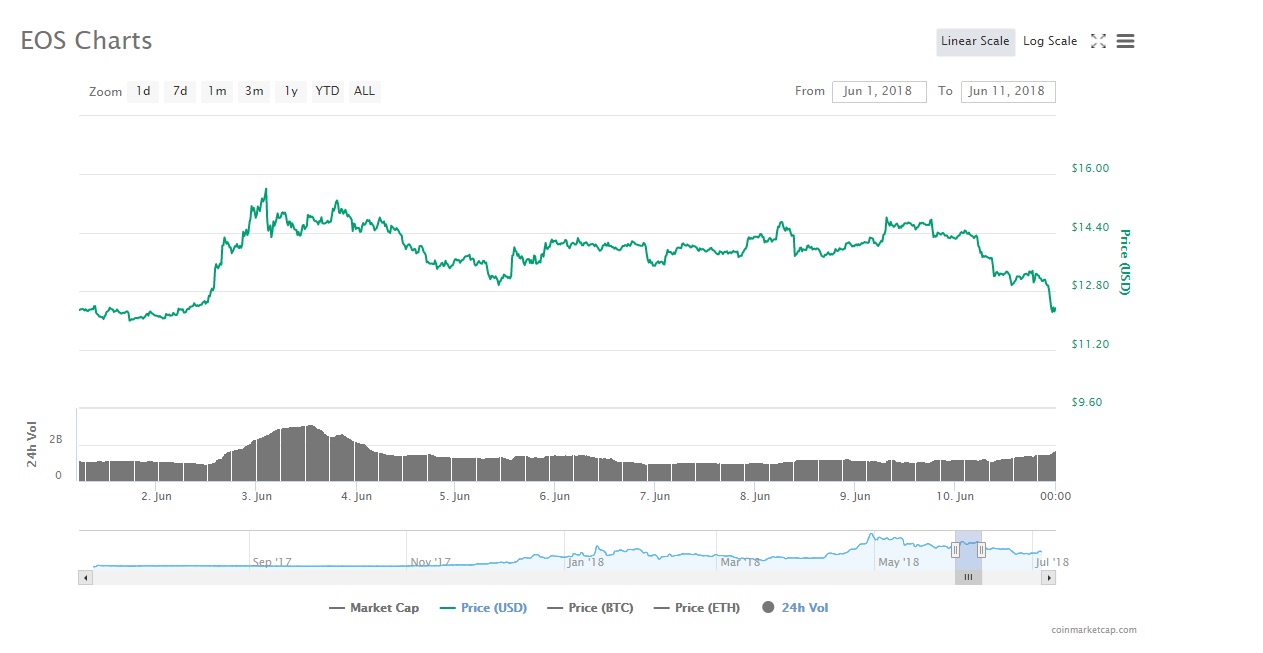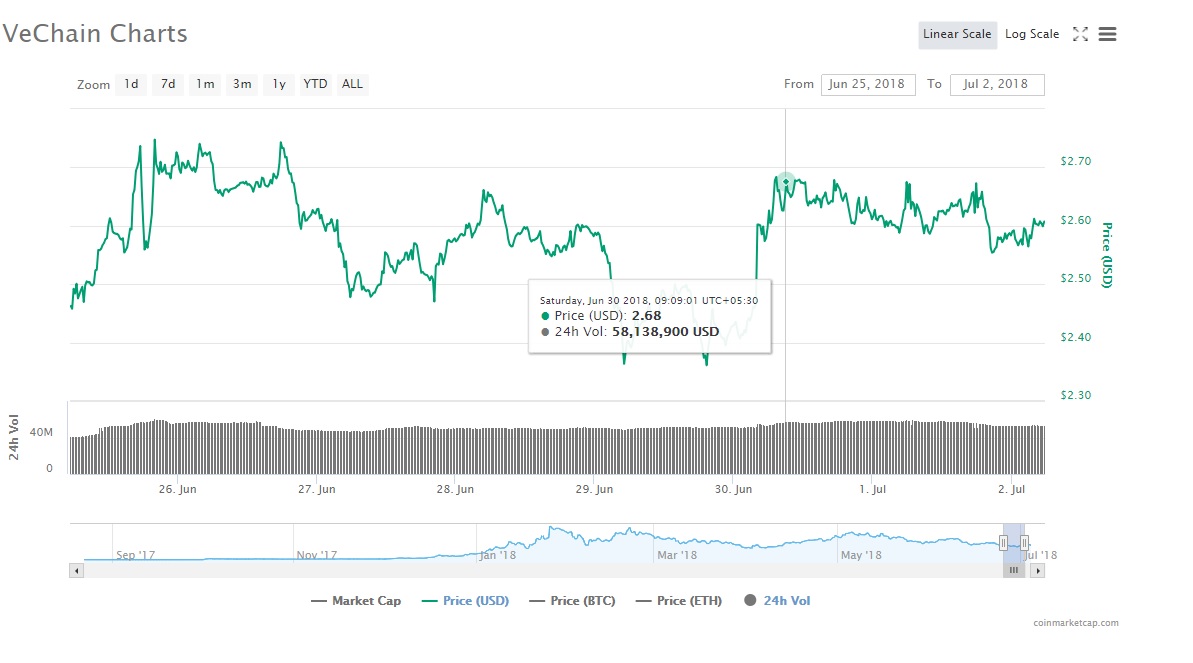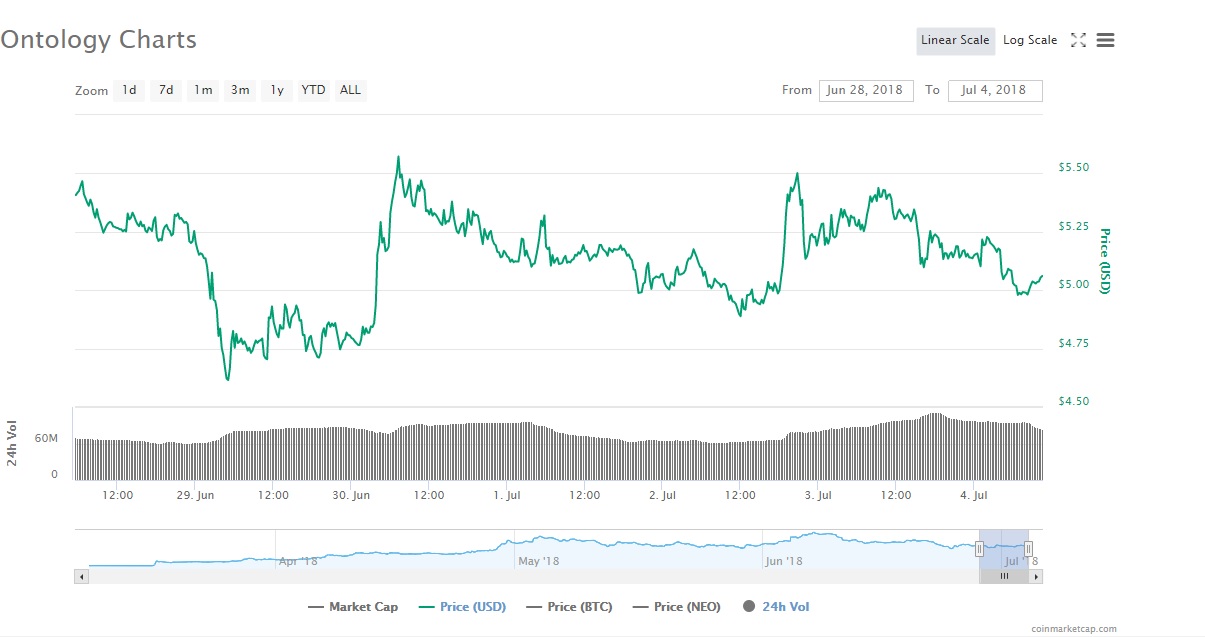We continually talk about how investment in the cryptocurrency market is at best an educated guess, and how there are no surefire paths towards profits. The recent drop in the market is evidence of that, and has many who predict that Bitcoin will top $50,000 by the year’s end in tenterhooks.
The crapshoot nature of crypto investment originates from the absence of concrete fundamentals. It is no big task for a project to launch an ICO, siphon obscene amounts of funding from unwary investors and see its value rise, only for it to later be exposed as a fraud.
Consequently, the entire market is hit with FUD as regulatory authorities, investor anger and public skepticism tank the market. Scam projects can disguise themselves as legitimate undertakings with deceptive marketing and underhanded social media activity, giving investors the impression of authenticity while in truth offering no objective way to measure its worth.
Investors are safer placing their bets on projects they foresee having a place in industries for which logical blockchain use cases exist. They should remind themselves that they are shareholders in the project — they quite literally are — and as such, should bring the same mentality when investing in traditional financial assets to the cryptocurrency market.
This demands a ruthless skepticism and a focus on the factors that are highly inseparable from a project’s success, such as its business strategy, development progress, and how smoothly it goes “live” — its mainnet launch.
Mainnets are much anticipated by the crypto-community in the hopes that token price will rally following the launch. It’s as close as we can get to measuring a company’s true value and whether it stands up to the hype — a genuinely objective and scientific way of evaluating the product on offer.
However, is it really true that coins make a meaningful rally leading up to and following the mainnet launch?
Looking Into the Impact of 3 Recent Mainnet Launches on Price
To unearth any correlations between mainnet launches and market performance, we’ve decided to look at some notable and recent mainnet launches. The idea is to analyze market performance under different circumstances — for instance, EOS has endured a very different set of circumstances surrounding its mainnet than, say, Ontology.
EOS

EOS is a notable project to cover because of the debacle that was its mainnet launch. Among all of the projects listed here, it is the most hyped and many saw it as a potential Ethereum killer.
The EOS mainnet was initially to be launched on June 2, but technical issues saw that delayed. Furthermore, even after its launch, it wasn’t really live and underwent a barrage of criticism on governance, security and technical robustness.
It is indeed true that the price of EOS rose on the day of its launch, from roughly US$12 to US$15. However, the constant bombardment of bad news over the extended launch period made a striking dent to its price, and what was once seen as a spearhead for the altcoin markets slowly dwindled in price, made worse by the recent bear trend that began on June 11.

And the price of EOS has remained below pre-mainnet launch levels since then.
All we can glean from EOS is that a mainnet launch can do as much harm as good — had EOS been more prepared with their launch, it’s likely that they would have not seen such a drop in confidence and price. The loss of confidence of its supporters is an especially big problem that has long-term consequences.
The drop in EOS price was in no small part due to the general controversy surrounding the project and heavy hype, which their own rhetoric contributed to, and future market gains will consequently be subject to extra skepticism.
EOS is a great example of how token price can drop just as fast as it can rise in a small time frame — which is damning evidence that the market operates on investor psychology.
VeChain

VeChain launched its VeChainThor mainnet on June 30, in the aftermath of the June bloodbath. This mainnet has experienced a significantly kinder reaction than EOS, and there is no doubt that it was burdened with much lighter expectations when compared to EOS.

In the weeks before June 30, the price of VEN remained at about US$2.30. Not surprisingly, price has increased following the launch — of course, it’s still too early to tell if this level will continue to hold. That said, it’s key to note that there has been no major issues with the VeChain mainnet thus far.
What we can hope to see from VeChain is a steady level in the weeks to come, but that seems unlikely, with the market again following a bear trend. This gives one the feeling that investors simply revert to Bitcoin when the market is on a downtrend — and that does not bode well for an altcoin that is trying to carve out an independent use case.
Ontology

The Ontology project launched its mainnet on July 1, even more recently than VeChain. Ontology also increased in price, though not by a very significant amount — in the cryptocurrency market, US$90 million in volume is not a particularly large amount.
The launch has been smooth and their token swap will begin from July 9 onwards. NEP-5 ONT tokens will have to swapped for ONT tokens on Ontology’s network. ONT holders will receive also periodic airdrops of ONG.
The ONT token peaked at roughly $5.58 during this period, but has remained quite low since — well below earlier peak levels.

The long-term trend show no appreciable increase in price for all of the three mentioned coins. This is odd, given that most would consider a project’s platform going into public use as a major event that gives a much clearer idea of the potential of the platform. Here again, we find some evidence that markets may be more determined by some other factor.
Sentiment Continues to Drive the Market
It is safe to conclude that sentiment remains a overwhelming factor in the cryptocurrency market.
For most of crypto’s history, the randomness and unjustifiable price gains and drops are a result of investors operating on psychology, not the objective criteria of technical developments. Thus far, in both bear and bull markets, the crypto market responds in an irrational fashion, lacking any sound logic. The December 2017 bull run is a perfect example of this.
As such, it’s unsurprising that the overall market sentiment also impacts the performance of a token in the time of its mainnet launch. At this time, market movements operate less as a function of technical progress.
What Does a Mainnet Launch Really Say About the Value of a Project?
The question here is whether mainnet launches offer any meaningful impact on token price. Almost every token sees a notable jump in price in the run-up to and following its mainnet launch.
Now, given that token price has a tendency to drop off slowly in the weeks after, we can arrive at one of two conclusions: either that the true value of the project has been mismeasured, or that the projects are being bought into and manipulated to higher prices, only to be sold for profit later.
Both conclusions are equally plausible in the current cryptocurrency market. The problem is that it is impossible to define a “base value” for any token. If this were possible, then we could better judge the market’s performance against mainnet launches.
As it is, it appears that investors may have simply pounced on a project that is moving forward, despite the fact that it might be overvalued in the first place. The alternative is that market manipulators have seized on the occurrence of a major event to make extra profit.
Even the most rational segment of the crypto-community seems to agree with the thought that token prices have no predictable way around them; rather, there are far too many factors independent of a token’s price that result in a false sense of understanding of it.
The only thing we can say with any certainty is that following a mainnet launch, the market does trend upwards in the short run. However, price is then more or less returned to its original pattern — a pattern which largely follows Bitcoin’s price movements. This price correlation with Bitcoin is indicative of a market that is based more on psychology than events like mainnet launches.
Until this dependence on Bitcoin is removed, it’s arguable that we cannot really trust the market’s reaction to an altcoin mainnet launch.
All of these issues stem from the fact that the market is still very young and immature. A mature market would put its focus on important objective factors such as technical progress and business strategies. Investors should see mainnet launches as yet another value indicator in the larger context of a project’s fundamental value.
Mainnet launches are simply the first step on a very long road, and while it shows that the blockchain market is making progress, it is no definite sign of long-term success.
Mainnets are a way of projects to say “yes, we have an actual product to use, but the real work only begins now.” That’s not a sign of pessimism so much as a sign that projects are putting their money where their mouth is and preparing for more genuine, objective valuations to begin. And that is good for the market.

